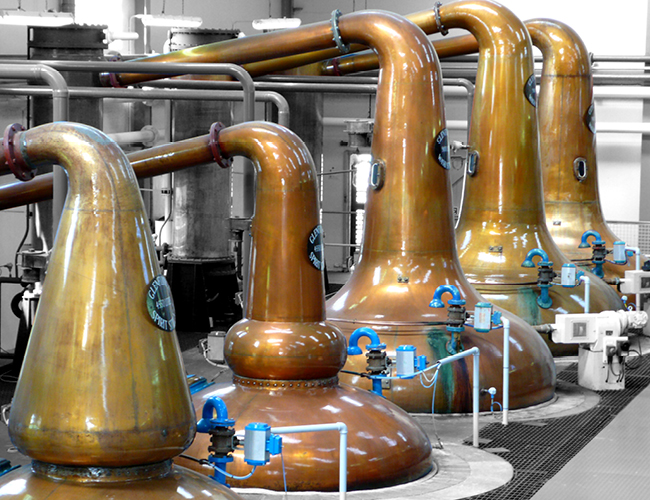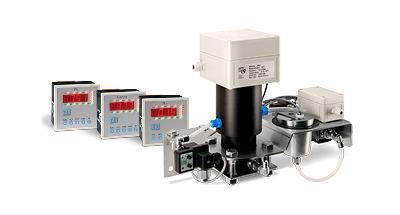Distilleries and breweries
Many production steps in distilleries and breweries can entail the presence of gases and must therefore be monitored to prevent workplace accidents. CO2 and oxygen deficiency are omnipresent hazards, but various flammable or toxic gases can also be generated or used depending on the plant, process or end product. With GfG's reliable gas detection solutions, hazards from gases in the production of beer and spirits can be controlled to minimize risks to people and production plants.

CO2 and oxygen deficiency
Fermentation of fruits, grains and other ingredients produces, among other things, large amounts of carbon dioxide. It is also used in other processes such as carbonation. Although CO2 occurs naturally in the atmosphere, this odorless gas is harmful to health even at low concentrations when inhaled. The maximum workplace concentration (TWA) is 0.5 percent by volume (5,000 ppm). As CO2 is heavier than air, it accumulates on the floor and in confined spaces where it displaces the present oxygen. Our portable multi-gas detectors can be equipped with an infrared sensor to reliably measure CO2 concentration in time.
Explosive gases in distilleries
Methanol and ethanol are highly flammable. They must therefore be constantly monitored during the distillation process, bottling and storage stage to prevent explosive air mixtures from forming. Other common gases in distilleries and also breweries are ammonia as a refrigerant and disinfectants such as chlorine or ozone.

Our solutions for your safety
GfG offers suitable fixed and portable gas detection devices for both monitoring the various toxic and combustible gases and measuring the oxygen concentration in distilleries and breweries. Durable sensors with different measuring ranges are available for a wide range of gases. For complex fixed gas detection systems we offer powerful controllers, relay modules as well as visual and audible alarms. Refrigerants in cooling circuits can be controlled with our reliable water measurement technology.
Potential dangers:
» combustible gases and vapors
» toxic gases
» carbon dioxide
» oxygen deficiency
» confined spaces
» disinfectants
» refrigerants in cooling circuits




